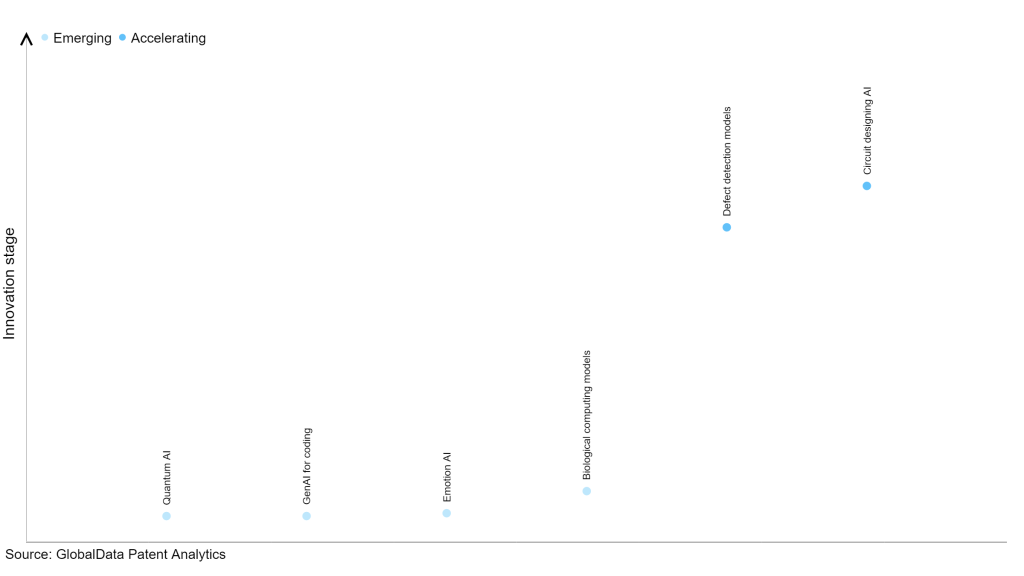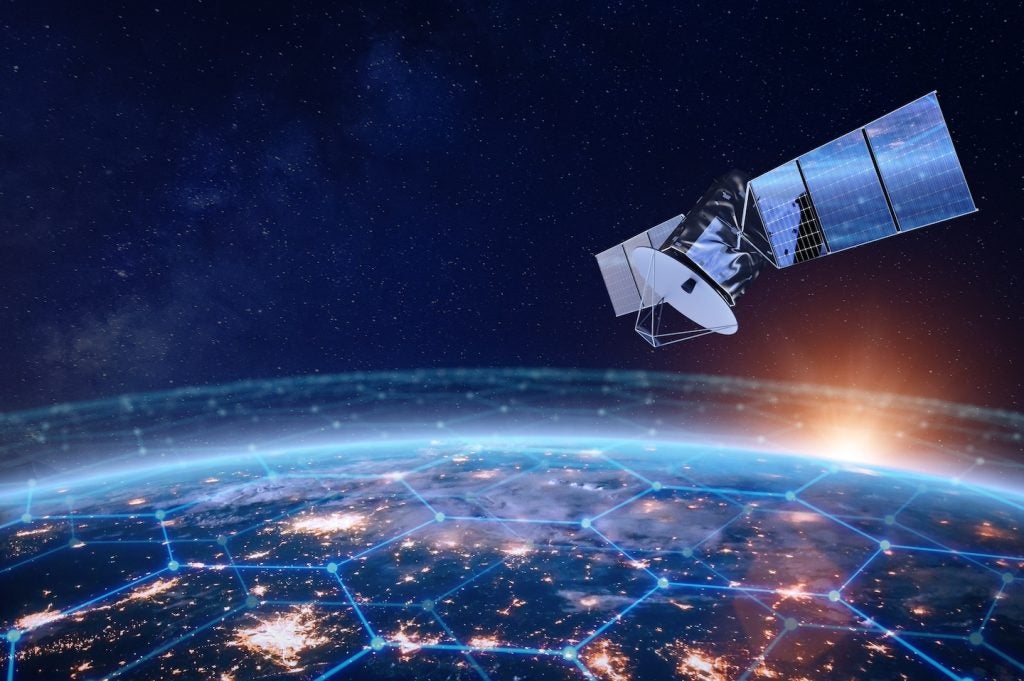The technology industry continues to be a hotbed of patent innovation. Activity is driven by the increasing demand for automation and efficiency in sectors such as autonomous vehicles, surveillance, and e-commerce, along with continuous advancements in artificial intelligence (AI) capabilities and computing power, and growing importance of technologies such as convolnutional neural networks (CNNs) for precise feature extraction, image processing algorithms for data refinement, and GPU acceleration for rapid processing, collectively driving progress in object recognition AI. In the last three years alone, there have been over 1.5 million patents filed and granted in the technology industry, according to GlobalData’s report on Artificial intelligence in technology: object recognition AI. Buy the report here.
However, not all innovations are equal and nor do they follow a constant upward trend. Instead, their evolution takes the form of an S-shaped curve that reflects their typical lifecycle from early emergence to accelerating adoption, before finally stabilizing and reaching maturity.
Identifying where a particular innovation is on this journey, especially those that are in the emerging and accelerating stages, is essential for understanding their current level of adoption and the likely future trajectory and impact they will have.
185+ innovations will shape the technology industry
According to GlobalData’s Technology Foresights, which plots the S-curve for the technology industry using innovation intensity models built on over 1.6 million patents, there are 185+ innovation areas that will shape the future of the industry.
Within the emerging innovation stage, quantum AI, GenAI for coding and emotion AI are disruptive technologies that are in the early stages of application and should be tracked closely. Biological computing models, defect detection models and circuit designing AI are some of the accelerating innovation areas, where adoption has been steadily increasing.
Innovation S-curve for artificial intelligence in the technology industry

Object recognition AI is a key innovation area in artificial intelligence
AI-aided object recognition employs machine learning algorithms and computer vision to autonomously detect and categorize objects in images or videos. These algorithms undergo training on extensive datasets, learning distinctive patterns and characteristics for distinguishing various objects. Once trained, the system can swiftly and precisely identify objects in fresh images or videos, offering valuable insights across a range of applications.
GlobalData’s analysis also uncovers the companies at the forefront of each innovation area and assesses the potential reach and impact of their patenting activity across different applications and geographies. According to GlobalData, there are 370+ companies, spanning technology vendors, established technology companies, and up-and-coming start-ups engaged in the development and application of object recognition AI.
Key players in object recognition AI – a disruptive innovation in the technology industry
‘Application diversity’ measures the number of applications identified for each patent. It broadly splits companies into either ‘niche’ or ‘diversified’ innovators.
‘Geographic reach’ refers to the number of countries each patent is registered in. It reflects the breadth of geographic application intended, ranging from ‘global’ to ‘local’.
Patent volumes related to object recognition AI
Source: GlobalData Patent Analytics
Among the companies innovating in object recognition AI, Adobe is one of the leading patent filers. The company's patent comprises of the technology involving a method for learning motion patterns in videos. It employs an artificial neural network to extract distinctive elements from the video. A correspondence proposal (CP) module then searches for related features in the video based on their semantic similarities. Subsequently, the CP module generates comprehensive semantic vectors for each feature, considering both the semantic likeness and the spatiotemporal proximity to corresponding features. This neural network can effectively detect motion in the video by utilizing these joint semantic vectors derived from the extracted features. The other prominent patent filers in the space include Baidu and Samsung Group.
In terms of application diversity, Butterfly Network leads the pack, while Baidu and Samsung Group stood in the second and third positions, respectively. By means of geographical reach, Enlitic held the top position, followed by Butterfly Network and The Saudi Public Investment Fund.
Object recognition AI is profoundly significant as it enables machines to autonomously identify and classify objects within images or videos, mimicking human visual perception. The technology underpins various critical applications, from autonomous vehicles and robotics to surveillance systems, revolutionizing industries and enhancing the capabilities of automated systems.
To further understand the key themes and technologies disrupting the technology industry, access GlobalData’s latest thematic research report on Artificial Intelligence (AI).
Data Insights
From

The gold standard of business intelligence.
Blending expert knowledge with cutting-edge technology, GlobalData’s unrivalled proprietary data will enable you to decode what’s happening in your market. You can make better informed decisions and gain a future-proof advantage over your competitors.







